Header by Rory Midhani
1. Europa
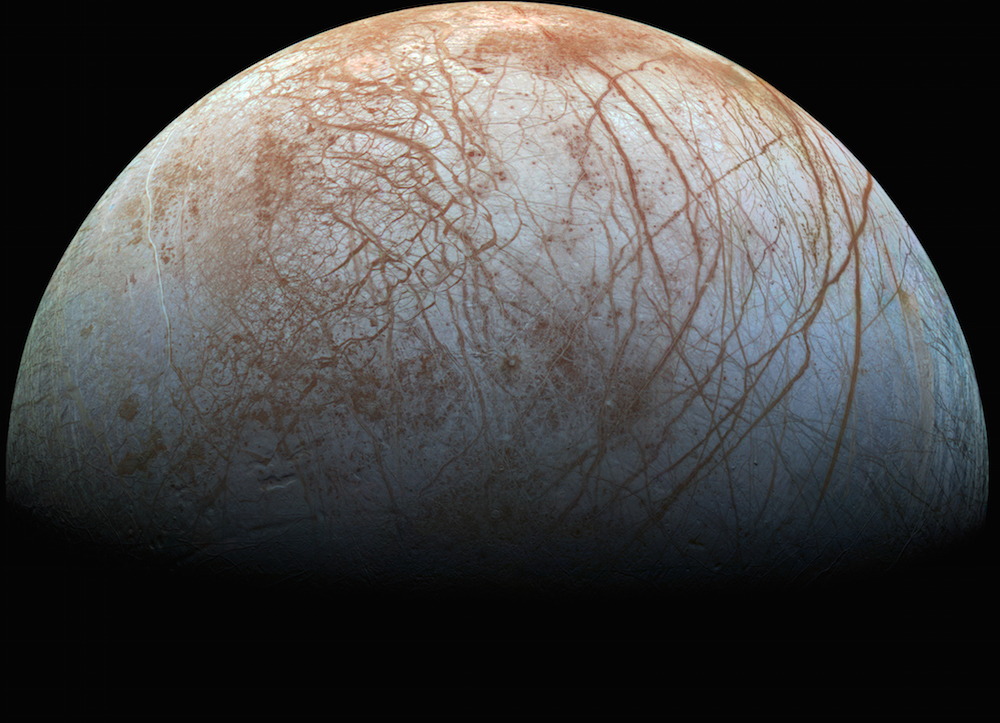
Source: NASA/JPL-Caltech/SETI Institute. This is the color view of Europa from Galileo that shows the largest portion of the moon’s surface at the highest resolution. This global color view consists of images acquired by the Galileo Solid-State Imaging (SSI) experiment on the spacecraft’s first and fourteenth orbits through the Jupiter system, in 1995 and 1998, respectively.
The temperature on Europa averages about -260F (-160C) near the equator and -370F (-220C) at the poles. Jupiter’s magnetosphere blasts its moon with high-energy radiation in the megaelectron volt (MeV) range, and the thin oxygen atmosphere is too tenuous for humans to breathe. That said, the oceans underneath Europa’s icy crust lead many to consider Europa one of the best potential sources for extraterrestrial life in our solar system.
Oh? A non-zero possibility for intelligent life, you say? Sold.
2. The Dark Side of Pluto
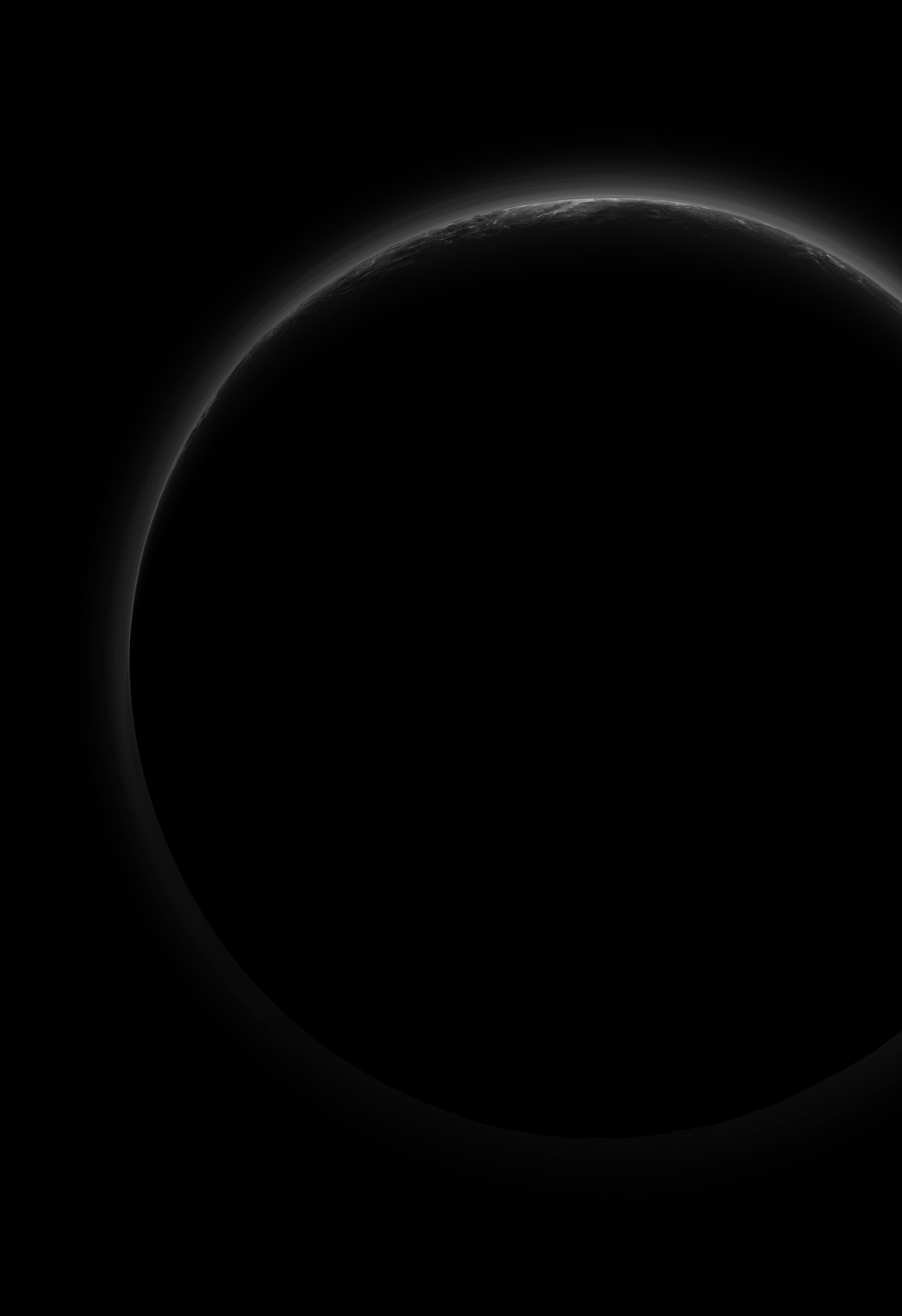
Source: NASA/JHUAPL/SwRI. NASA’s New Horizons spacecraft took this stunning image of Pluto only a few minutes after closest approach on July 14, 2015.
I was originally going to suggest the dark side of the moon, but historically, it’s been a total old boy’s club. In contrast, no men have ever set foot on Pluto, which makes it an unspoiled wonderland. Despite the estimated atmospheric winds of 225mph, a surface pressure about three times that of Earth’s, and scientists complimenting the planet by saying things like, “Whether there are other environmental dangers like volcanoes or geysers, we just don’t know.”
3. OGLE-2005-BLG-390L
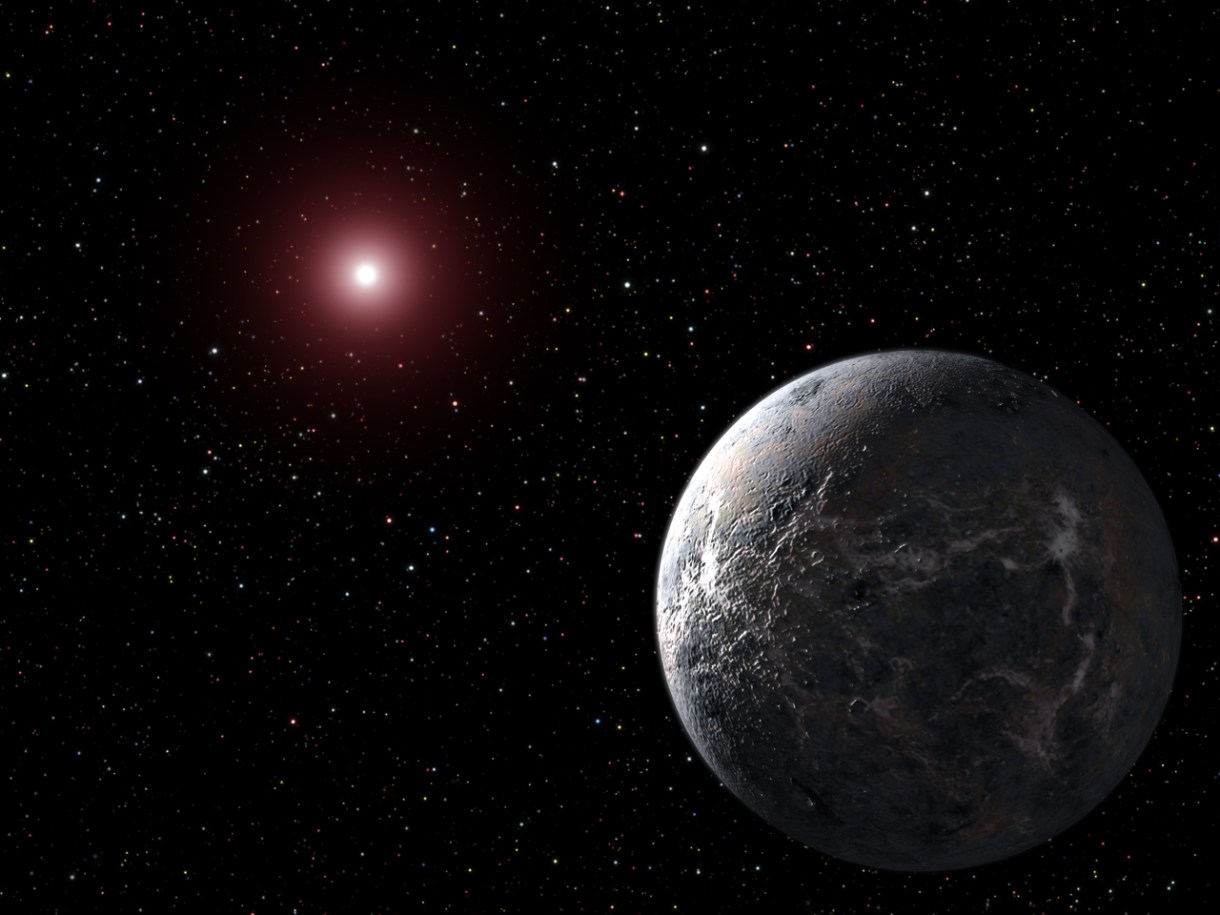
Source: NASA. Artist’s concept.
Space.com describes OGLE-2005-BLG-390L b: “With a surface temperature of -364 degrees Fahrenheit (-220 degrees Celsius), the extrasolar planet known as OGLE-2005-BLG-390L b is likely the coldest alien world. It is about 5.5 times as massive as Earth and thought to be rocky. It orbits a red dwarf star about 28,000 light-years away, making it the most distant exoplanet currently known.”
Yes, that’s right. This is literally the farthest place away from Earth that we know of. Pack your bags.
4. The Sun
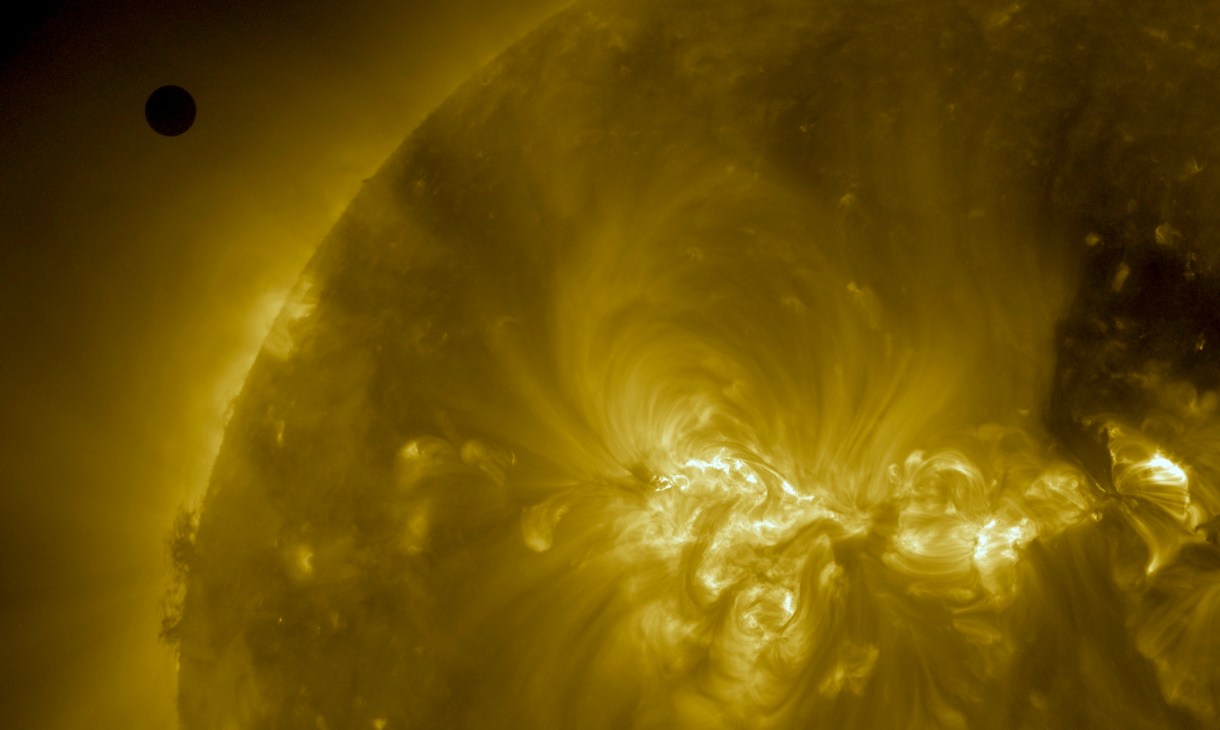
Source: NASA/SDO, AIA. This image from NASA’s Solar Dynamics Observatory shows Venus as it nears the disk of the sun on June 5, 2012.
In contrast, here’s one close to home! But not too close. About 93,000,000 miles away, on average.
5. Exoplanet HD 189733b
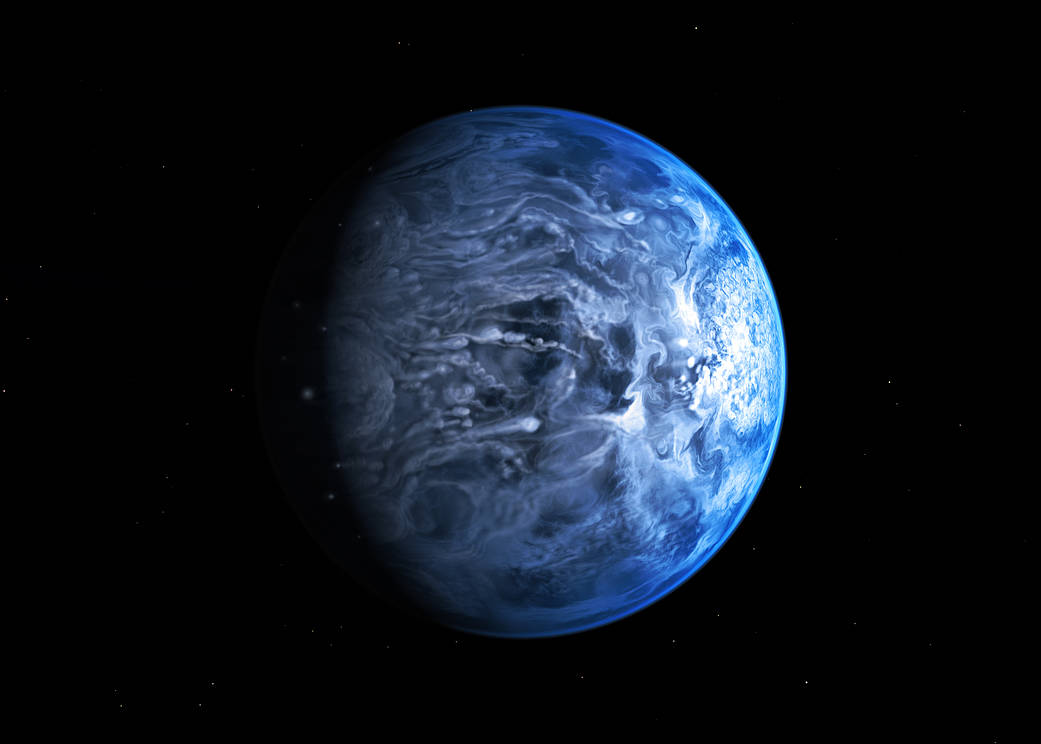
Source: NASA, ESO/M. Kornmesser. Artist’s concept.
NASA: “The weather on this world is deadly. Its winds blow up to 5,400 mph (2 km/s) at seven times the speed of sound, whipping all would-be travelers in a sickening spiral around the planet. And getting caught in the rain on this planet is more than an inconvenience; it’s death by a thousand cuts. This scorching alien world possibly rains glass—sideways—in its howling winds. The cobalt blue color comes not from the reflection of a tropical ocean, as on Earth, but rather a hazy, blow-torched atmosphere containing high clouds laced with silicate particles.”
I mean, honestly, it still sounds better than here.
Notes From A Queer Engineer is a recurring column with an expected periodicity of 14 days. The subject matter may not be explicitly queer, but the industrial engineer writing it sure is. This is a peek at the notes she’s been doodling in the margins.




there’s always the cosmic ravioli.
My body is ready.
This article makes my inner Nerd smile.
Hey, what about “counter-earth?” You know, the one that orbits opposite the sun to us? Downside: fictional. Upside: nobody else will be able to find it either!
I had no idea about the ancient theory or the modern sci-fi trope. Hah! Very cool. Thank you. :D
Gonna start packing right now
these are all fantastic ideas, but i feel like they’d require a lot of get up and go. personally, if i could just stay in bed forever, i’d settle for that. or maybe that nice fissure in the arizona desert that laneia mentioned the other month. that’s a little more sciency.
Home sweet home.
As an astrobiologist, I love everything about this article.
I want to be on Mercury and have “fake color” vision. Soooo pretty!
Is embedding from Giphy possible in the comments?
http://www.giphy.com/embed/l0HlO4V8iCRME3i0g
If not, here’s link: http://gph.is/2c8XOSd
via GIPHY
So pretty.
(Yes, giphy works. If you want to use it in the future, right click on the image and select “get image address” to get the name that ends in .gif, then use img src = “[address]” rather than the usual a href.) :)
The rings of Uranus.
Because my internal 6th grader will never die.
Nor will my internal nihilistic 7th grader
“Nine rings for Mortal Men doomed to die,
One ring for the Dark Lord on his dark throne
In the Land of Mordor where the Shadows lie”
:(
Sign me right the f*ck up.
As much as I’d love to travel through space, traveling through time is almost more appealing. I’d love to see a future where humanity has finally matured.
This more than anything, tbh.
LAURA.